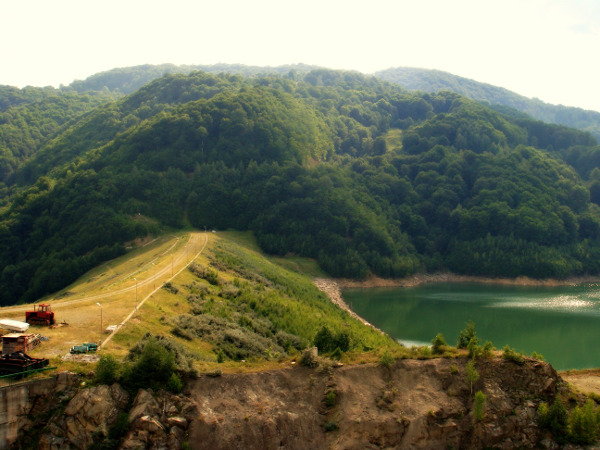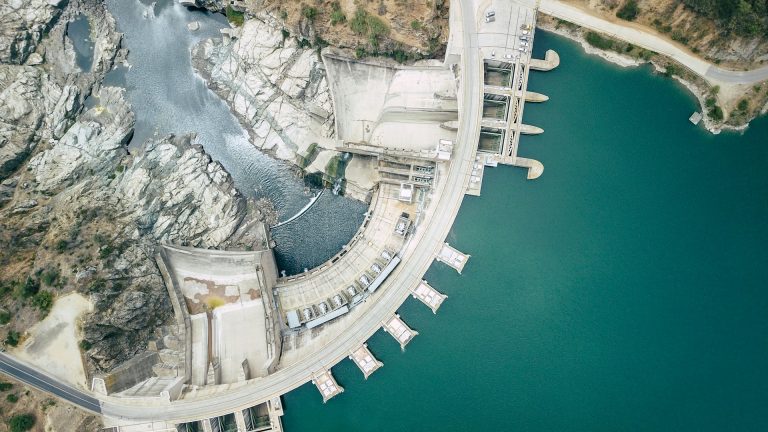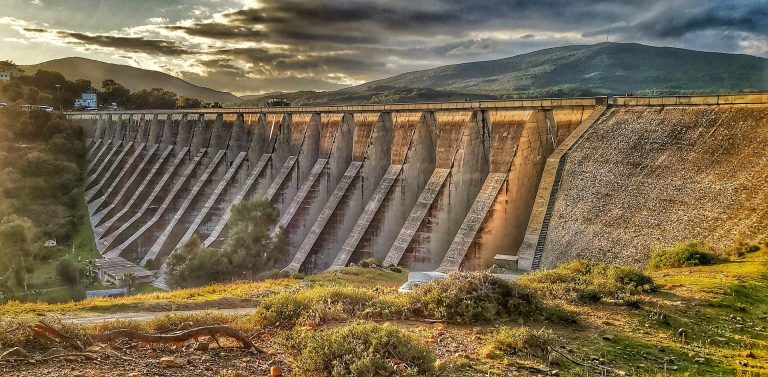An engineering design must be created before a reservoir and dam can be constructed. The design will take into account information provided by hydrologists, geologists and surveyors on how the water and surrounding land will behave and change once a reservoir and dam are built. It should be noted that a berm and a dam are two completely different structures .
There are four types of dams: embankment, arch, gravity and buttress.
What is a berm?
A berm is a man-made sediment barrier placed at the edge of a slope or a wall built adjacent to a ditch to guard against potential flooding.
Berms are placed in flood-prone areas to protect against erosion, run-off and high water. Berms typically are made of compost, mulch or gravel materials because their density enables them to slow down and retain floodwaters.
Click here for more information on berms.
| Dam Type | Characteristics |
| Embankment |
|

“Embankment dam” by CameliaTWU is licenced under CC BY 2.0. No changes were made to photograph.
| Dam Type | Characteristics |
| Arch |
|

| Characteristics | |
| Gravity |
|
| Dam Type | Characteristics |
| Buttress |
|

[1] HydroCoop. (2013). Dam design and construction, reservoirs and balancing lakes. Retrieved from: http://www.hydrocoop.org/dam-design-construction-reservoirs-balancing-lakes/
[2] The British Dam Society. Dams and Reservoirs. Retrieved from http://www.britishdams.org/student_zone/documents/BDS_Fact%20Sheets_version_low%20Res_Web.pdf
We provide Canadian educational resources on water practices to promote conservation and sustainability. Our team crafts current and relevant content, while encouraging feedback and engagement.
The Canada WaterPortal is a registered charity, #807121876RR0001
We recognize and respect the sovereignty of the Indigenous Peoples and communities on whose land our work takes place.
© 2025 All Rights Reserved.